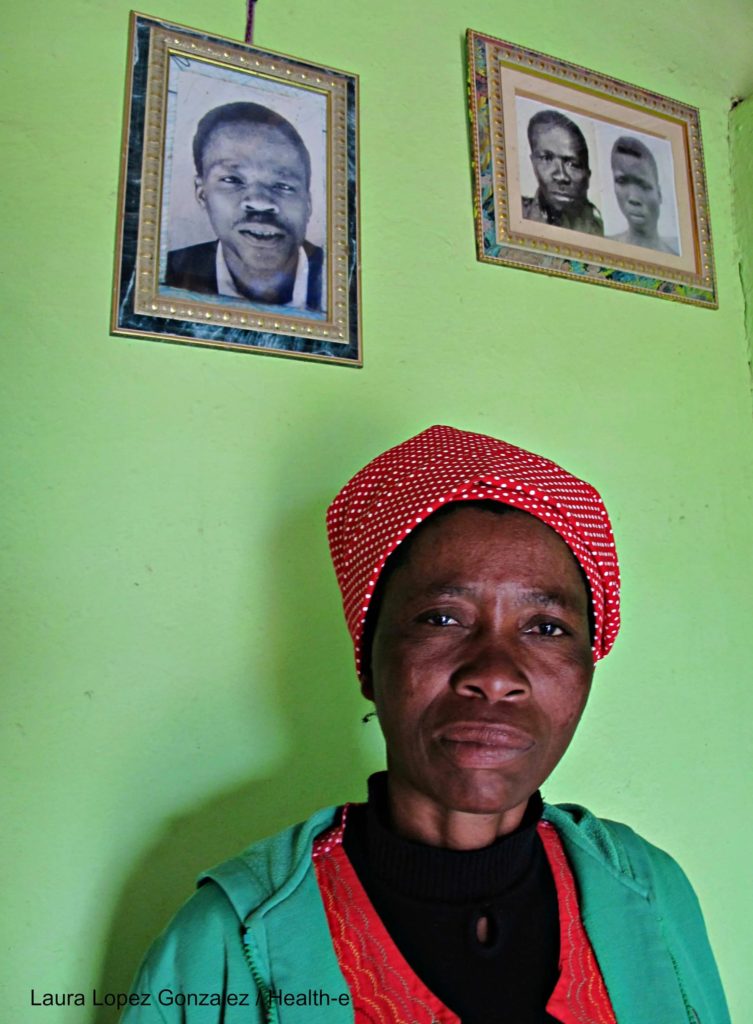On May 4, India’s Supreme Court directed the Gujarat government to compensate the families of 238 workers who died of silicosis while working in unregulated quartz crushing factories. Within the month Gujarat is supposed to pay each family 300,000 rupees, or around $4,500. The Court also directed the Madhya Pradesh government to take care of an additional 304 workers currently suffering from silicosis. As in South Africa, the story of industrial silicosis is a widows’ tale, from horrible start through brutal inner chapters to whatever the end will be.
According to a 1999 Indian Council of Medical Research report, in India about 3 million are at risk of silica exposure. Since that report, the numbers of workers in the various fields – mining and quarries, manufacture of non-metallic products, manufacture of basic metals and alloys, and construction – has only increased, and since that time pretty much nothing has improved in the conditions of labor, and so one assumes that the 3 million mark has been exceeded by quite a bit.
Across Madhya Pradesh, this “occupational trend” has produced an archipelago of widow villages, and that’s the point. The villages are not new and are not unknown. Women’s organizations have long lobbied for compensation. For ten years, the National Human Rights Commission has documented and organized to improve the situation of the workers and their families. At every step of the way, the Rajasthan and Madhya Pradesh governments have refused any sort of assistance.
It’s a common enough story. Small hold farmers from tribal communities were forced off their lands by market forces, weather, and the poverty of the Mahatma Gandhi National Rural Employment Guarantee Act, which, in Madhya Pradesh, guarantees stay-at-home-and-die. And so populations of mostly male workers went off to work in the factories of Gujarat. When they returned home, usually earlier than expected, they were frail, coughing, bleeding versions of the men who had left. And women were left to tend to the dying, the dead, and the debts. Then the women started going to Gujarat to work crushing stones.
Madhavi comes from a village in Madhya Pradesh. She joined four family members who went to work in Gujarat. Six months later, sick, they all returned home. To pay for medical treatment, they sold off their livestock and mortgaged their land. Then Madhavi’s mother, two brothers and sister-in-law died of silicosis. Now, sick with silicosis, Madhavi cares for her father and struggles with debt: “With my brothers gone, I am not sure when I‘ll be able to pay off all the loans. I have received no support from the government. My father does not receive any pension. It is very difficult to get by as I am always tired and run out of breath while working.”
Meanwhile, across Rajasthan, mineworkers’ widows tell the same story of death, debt, and desperation. Prembai explains, “[My husband] could not work for the last six years of his life, so I would work to keep things going. Women earn just Rs100 a day in the mines, while men are paid about Rs250.” The bodies and debts pile up; the State looks away. In Rajasthan as elsewhere, entire villages are called “the land of widows”.
The story of silicosis in India is the same as that in South Africa. For those who work the mines and factories, there is no dignity in labor. For the widows, there is no dignity in death. The bodies come home, the debts and demands mount, the extraction continues.
(Photo Credit: The Hindu / Rohit Jain Paras)
